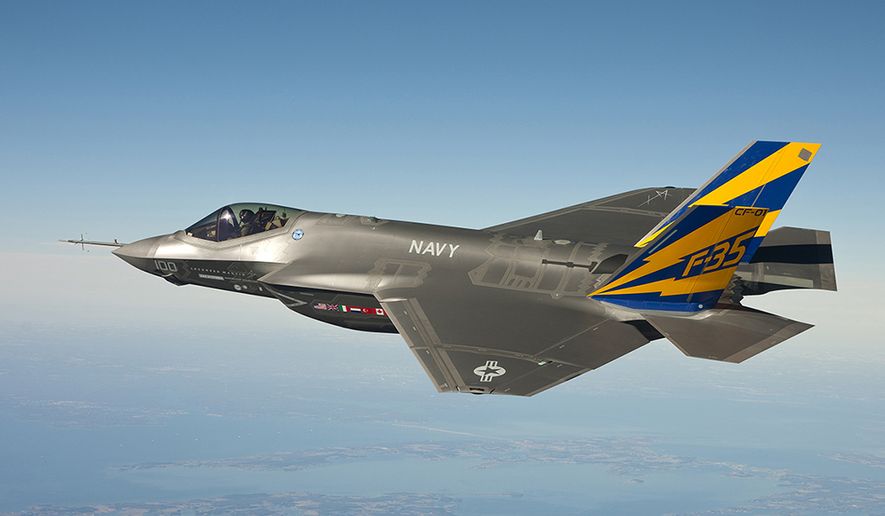OPINION:
Congress and American defense officials are realizing that over the last few decades they committed the classic sin of militaries over the centuries. America trained and equipped to fight the last war, a special operations, low intensity conflict, incorrectly defining future threats to the United States. The realization is causing the U.S. government to rethink its procurement of the latest-generation combat aircraft, specifically the F-35 and F-22.
The U.S. Air Force had delayed the buy of 5 F-35s in the 2017 fiscal year with a consequential savings of $700 million, reducing the buy from 48 to 43. In consultations with Congress, it seems this money and aircraft planned buy will be restored.
“We cannot afford to assume that the enemy will resemble the threats of recent wars, nor can we assume that future fights won’t require greater numbers of advanced aircraft,” said Sen. Tom Cotton, (Arkansas Republican) chairman of the Senate Armed Services Subcommittee on Airland. “The current investment strategy is too risky and will prove to only be riskier in the near future.”
In addition the reduced buy of F-22s is also being revisited in a realization that just less than two hundred air superiority aircraft is not sufficient to effectively defend the United States in the current threat environment. “The eventual retirement of 438 F-15s in fleet, and their replacement by only 177 F-22s with eventual support from the F-35 is a serious gamble,” said Mr. Cotton, writes the Air Force Times.
“A lot of us complained about this back when we decided we were going to be downsizing the F-22, and I think all of you would agree now that probably wasn’t a good idea,” said Sen. James Inhofe (Oklahoma Republican). “Now we’re down to 187 operational F-22s. All we hear about is what a great job they’re doing … I think we all know we don’t have enough F-22s.”
Lt. Gen. James “Mike” Holmes, the deputy chief of staff for strategic plans and requirements, said part of the decision on the F-22 was based on an “optimistic” view of the future…The department and the Congress made a decision that we would not see a near-peer threat within a number of years, and that judgment also proved to be optimistic,” he said. “We’ve seen both Russia and China develop airplanes faster than was anticipated.”




Please read our comment policy before commenting.